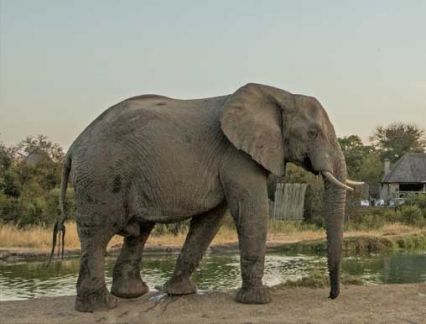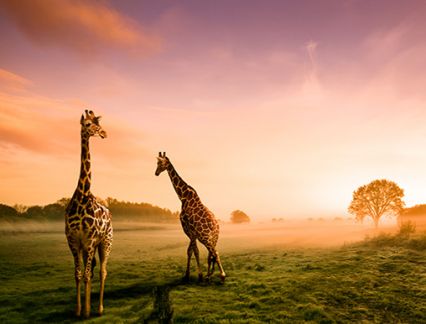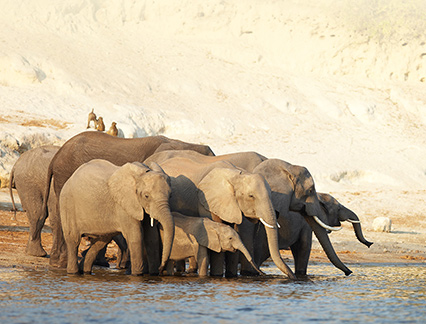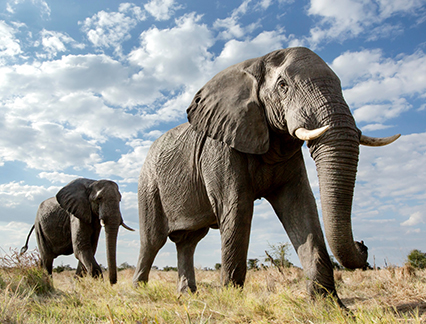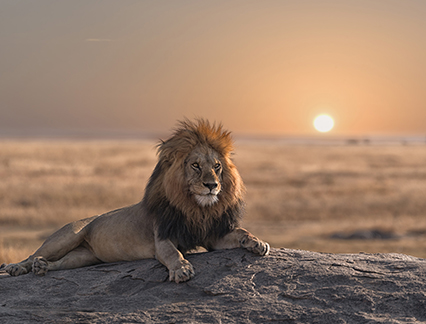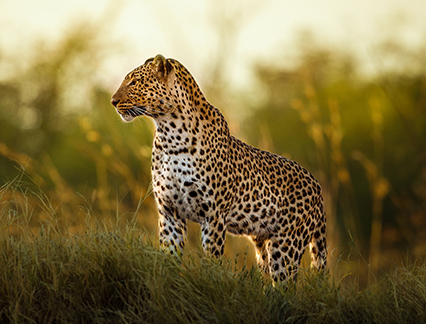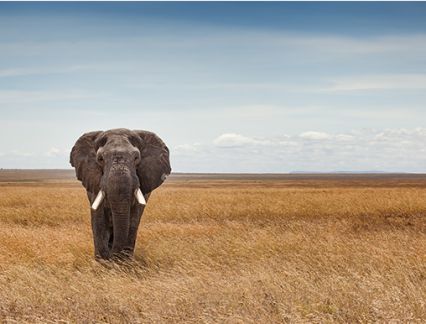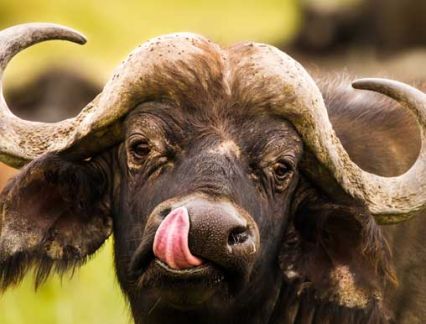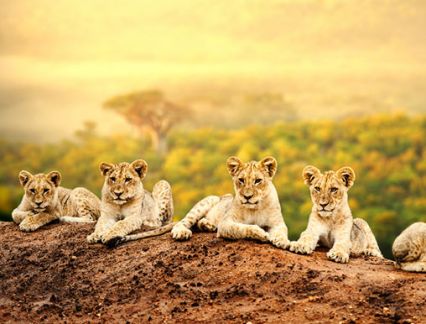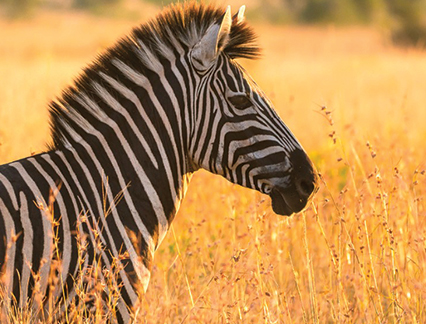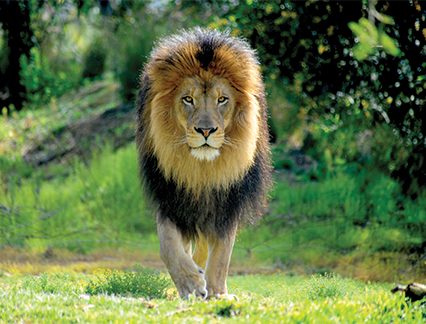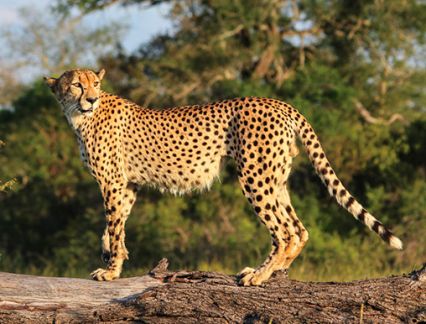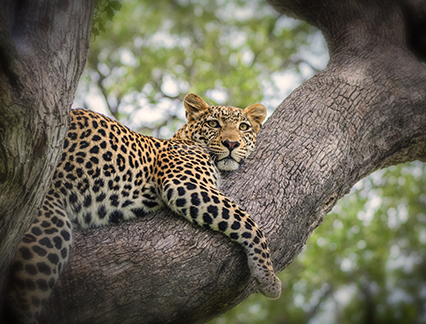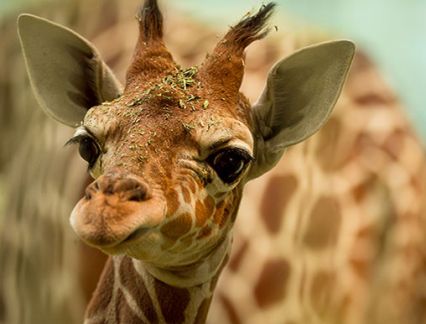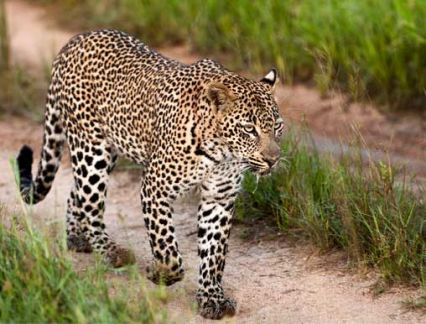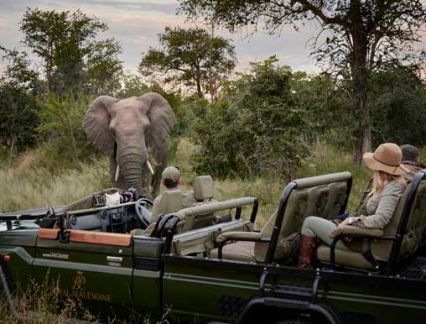South Africa Safaris
South Africa is located on the southernmost tip of the African continent and has been called “A world in one country”. It offers cosmopolitan cities, a rainbow nation of richly diverse cultures and spectacular scenery. It is best known for its safari destination – the Kruger National Park, offering the Big Five safari experience. The Western Cape offers beaches, lush winelands, craggy cliffs at the Cape of Good Hope, forest and lagoons along the Garden Route, and the city of Cape Town, beneath the infamous Table Mountain. Safaris in South Africa have it all.
Note: Tours are in order lowest to highest price. Itineraries without pricing are suggested itineraries and are on request.



